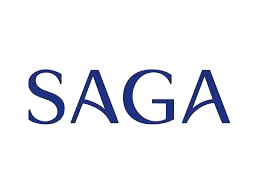Operational Services
Operational Services

Supply and Demand Planning: Key to Improving Your Business Processes
Balancing supply and demand is a crucial challenge in today’s competitive business environment. Effective supply and demand management ensures the right products reach customers at the right time, in the right quantity, and at the lowest possible cost while achieving maximum profitability. This approach benefits manufacturers, merchandisers, and service providers alike.
What You Need to Know About Supply and Demand Planning
Supply and demand planning is a tactical process that estimates customer demand and positions inventory levels to meet it. It integrates two main components:
Demand Planning: Forecasting future customer needs using past records and market trends.
Supply Planning: Ensuring production, inventory, and distribution align with demand forecasts..

Relevance to Modern Business
Improved Customer Satisfaction: Ensure products are available when and where they’re needed.
Cost Optimization: Reduce costs by avoiding overstocking or stockouts.
Enhanced Decision-Making: Use data-driven insights to optimize production and distribution.
Operational Efficiency: Streamline supply chain activities for better resource utilization.
Risk Mitigation: Prepare for market changes and unexpected disruptions.

Our team is expert of following softwares & other ERPs:
Why Choose Accounting Hunter for Operational Services
Leverage Data and Analytics
Use advanced methods to enhance forecasts
Promote Cross-Functional Integration
Foster collaboration across departments
Adopt Technology Solutions
Implement tools that streamline processes.
Adapt Plans Dynamically
Prepare for potential disruptions with contingency plans.






